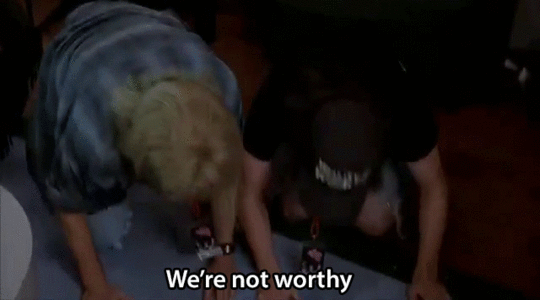What doyouthink?
Rate this book


315 pages, Paperback
First published April 12, 1997
 And, Fermat wrote that he had a marvelous proof, but no room in the margin for it. For centuries, mathematicians have attempted to prove the theorem, without success. It had been sort of a "holy grail" of mathematicians to prove the theorem, and many brilliant minds spent years on it. Perhaps in was unprovable, and worst of all, Kurt Godel showed that some theorems are actuallyundecidable--that is to say, it is impossible even to decide whether or not a theorem is true.
And, Fermat wrote that he had a marvelous proof, but no room in the margin for it. For centuries, mathematicians have attempted to prove the theorem, without success. It had been sort of a "holy grail" of mathematicians to prove the theorem, and many brilliant minds spent years on it. Perhaps in was unprovable, and worst of all, Kurt Godel showed that some theorems are actuallyundecidable--that is to say, it is impossible even to decide whether or not a theorem is true.





x = 0, y = 0
x = 0, y = 4
x = 1, y = 0
x = 1, y = 4




May 31, 2009.
Yesterday I finished readingFermat's Last Theorem.I plan to write a glowing book review but this space is too limited to contain it.
